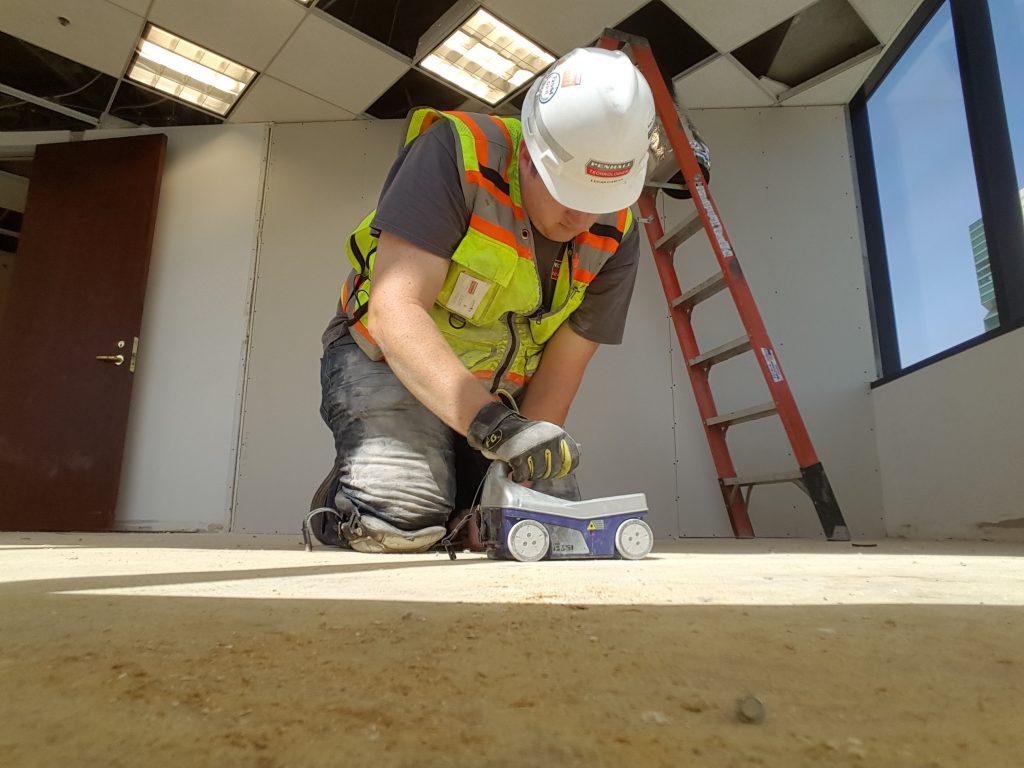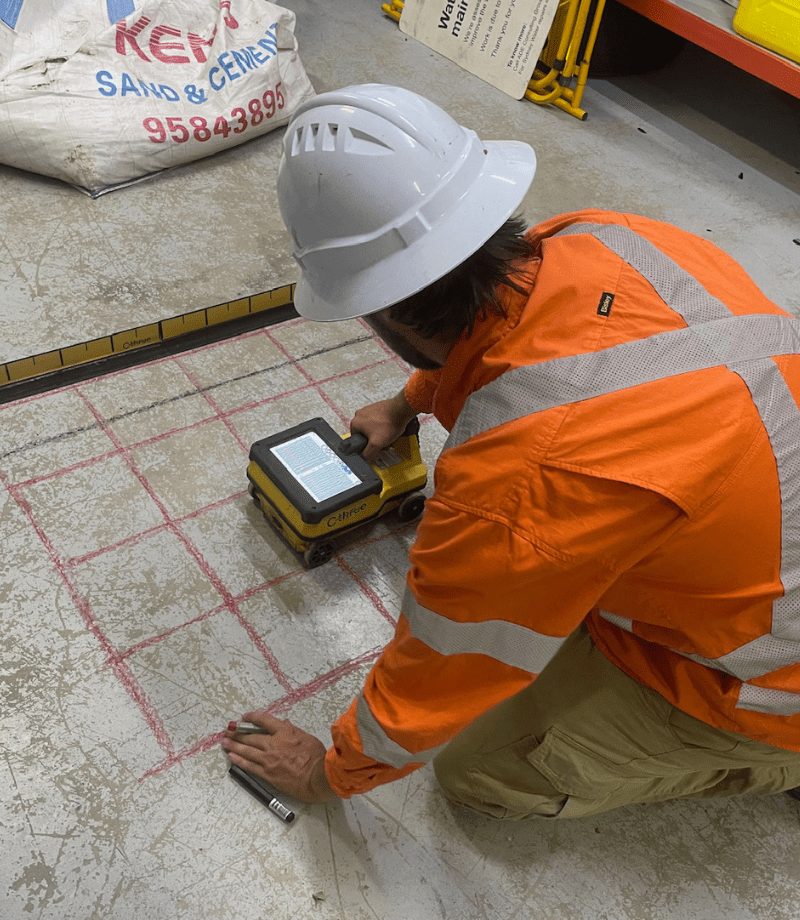Unveil the Transformative Power of Concrete Scanning in Making Best Use Of Performance and Security
Concrete scanning has actually arised as an important tool in the building and construction industry, providing unparalleled advantages in enhancing job performance and guaranteeing safety and security criteria. The transformative power of concrete scanning lies in its ability to give detailed insights and real-time data, changing exactly how projects are planned and performed.
Relevance of Concrete Scanning
Ensuring the architectural stability and safety and security of building tasks starts with the critical step of carrying out extensive concrete scanning. Concrete scanning is a non-destructive technique utilized to find and map subsurface components within concrete frameworks.
Additionally, concrete scanning helps in maximizing project timelines and budget by preventing unexpected prices and delays that may occur due to unpredicted obstructions within the concrete. Inevitably, spending in thorough concrete scanning is an aggressive approach that improves both efficiency and safety and security in building projects.
Exactly How Concrete Scanning Works
Concrete scanning runs as a crucial tool in building and construction projects by using advanced modern technologies to detect and map subsurface elements without causing architectural damage. Ground Permeating Radar (GPR) and Electromagnetic Induction (EMI) are two primary techniques made use of in concrete scanning. GPR jobs by sending out high-frequency radar pulses right into the surface area, which recuperate when they come across subsurface items or voids. The moment considered the signal to return shows the depth and location of the objects. EMI, on the other hand, uses electromagnetic areas to recognize differences in material structures, such as recognizing rebar or channels within concrete frameworks.
Throughout the scanning process, the data collected is analyzed in real-time, allowing instant recognition of potential hazards or obstacles below the surface. By using these advanced innovations, concrete scanning substantially reduces the danger of pricey damages and injuries on building and construction sites.
Benefits of Concrete Scanning
Using sophisticated scanning innovations in building projects offers a multitude of advantages, enhancing both efficiency and safety and security on-site. One of the primary benefits of concrete scanning is the capacity to detect and locate embedded things such as rebar, post-tension wires, and avenues precisely. By determining these elements prior to exploration or reducing into concrete structures, the risk of unintentional strikes is considerably decreased, avoiding potential injuries to workers and damage to the framework itself. In addition, concrete scanning assists in planning and making better, as it offers precise details regarding the location and deepness of structural parts.

Instance Research Studies: Concrete Scanning Success

In another situation, a construction firm utilized 3D concrete scanning to examine the problem old concrete structures in a historical structure. The detailed scans offered useful understandings right into the extent of wear and tear click to read and assisted focus on upkeep efforts successfully. By proactively addressing areas of problem identified with scanning, the business had the ability to extend the life expectancy of the framework and ensure resident security.
These study emphasize the transformative power of concrete scanning in enhancing efficiency, accuracy, and security in building tasks.
Applying Concrete Scanning in Projects
Implementing advanced scanning innovations throughout building and construction tasks has actually come to be increasingly vital for improving accuracy and safety and security. By integrating concrete scanning into job planning and implementation, construction teams can identify possible dangers, such as rebar or post-tension cords, concealed within concrete structures. This positive technique minimizes the risk of mishaps, delays, and costly rework, inevitably resulting in a lot more effective task timelines and budget plans.
To implement concrete scanning successfully, project supervisors need to work together carefully with experienced scanning specialists to establish the most appropriate scanning techniques for the specific job requirements. Involving scanning professionals from the onset of a job enables the group to produce comprehensive scanning plans that resolve crucial areas of issue and ensure thorough data collection.
In addition, integrating concrete scanning right into routine task process can simplify decision-making processes, as real-time check data offers prompt insights into the problem of concrete structures - Concrete Scanning. This data-driven approach promotes notified problem-solving and makes it possible for groups to make adjustments promptly, cultivating a culture of efficiency and safety and security throughout the task lifecycle

Final Thought
In conclusion, concrete scanning plays a crucial duty in improving efficiency and safety in construction tasks. By using advanced modern technology to map and find out underlying frameworks within concrete, this process helps to stop expensive mistakes, guarantee architectural honesty, and reduce dangers on website. With the capability to uncover covert aspects and give accurate data, concrete scanning proves to be an important device for optimizing task outcomes and making best use of total success.
Concrete scanning is a non-destructive technique used to detect and map subsurface aspects within concrete structures. Furthermore, concrete scanning aids in optimizing task timelines and budget plan by staying clear of unforeseen prices and hold-ups that may emerge due to unexpected obstructions within the concrete. One noteworthy situation research study includes a large-scale renovation task where concrete scanning played an important role in ensuring task success.In an additional instance, a building and construction business utilized 3D concrete scanning to assess the problem of aging concrete structures in a historical structure. By integrating concrete scanning right into job preparation and execution, building and construction teams can identify possible dangers, such as rebar or post-tension cable go to this site televisions, concealed within concrete frameworks.
Comments on “Comprehensive Guide to Concrete Scanning Technologies”